The Princess by Lori Wick
Book ReviewsYoung Writer's Posts
In the land of Pendaran, lively, affectionate Shelby Parker was born to a simple life—yet her mother, Daria, and those around her cannot help but notice the graces she possess. Among those taking note of Shelby’s winsome ways and tender heart are the king and queen of the House of Markham, who are seeking a new wife for their widowed son, Prince Nikolai.
To uphold a long-cherished tradition of their country, Shelby and Nikolai agree to an arranged marriage. But while Nikolai is a perfect gentleman at public functions, he remains distant and shy at home, leaving Shelby to ponder the inner workings of his heart. Will the prince ever love her as he did his first wife? Can the faith they share overcome the barriers between them?
My Writing Takeaway:
So, I have to confess, when I first started reading this book I got to about Chapter 3 before I had to put it down. Why? Because I was confused! My brain (still up at 2 o’clock in the morning I might add) was running around in circles trying to figure out why I was able to understand and hear all of the characters’ thoughts within one scene. I even told my mom about it! It just didn’t make sense to me, until I realized: the book was written in 3rd person omniscient POV rather than 3rd person limited. I was like, “OOOH! Now that makes sense!” The issue was that I had been so used to reading stories where only a specific character’s thoughts and feelings are revealed to the reader, but no one else’s (unless the next scene/chapter focuses on a different character). You see things through the character’s eyes without it being told from their perspective. However, in Lori Wick’s novel, all of the character’s feelings, thoughts, motivations, and reactions to the other characters and situations within the story are revealed to the reader. Similarly, this style is one favored by Jane Austen (author of the classic: Pride & Prejudice, one of my favorite novels of all time!). Now, usually in movies and in books (specifically in the suspense genre) we are used to not knowing everything about a character. We may draw conclusions based on their intonation, actions, and background, but we don’t know for sure. Because of this, I always feel like I’m solving a mystery or putting together a puzzle as I read; the puzzle/mystery being the plot. I enjoy this immensely, which means I’m a big fan of 3rd person limited since “pieces” of the characters and plot are revealed little by little, and a lot of inferring is needed. That also meant that I was a little apprehensive about reading in 3rd person omniscient, but I have to say, it is one of the best POVs to write from. It’s an effective style to use for many reasons but the main one is: there is no “catching-up”. What do I mean by this? Well, in 3rd person limited POV, like I said before, bits of the plot and characters are revealed at a time. If two characters are in a scene, you can only hear one side’s thoughts in that moment. You then have to write/read another section to find out what the other character was thinking during the previous encounter. In that way, you are constantly having to reflect back on a previous scene in order to present a fuller picture to your readers. And if you have multiple main characters/story-lines—you may feel as though you’re not moving forward in the story but rather moving backward. For my FF series, I have several main characters and story-lines I want to include, so after reading this book, I was inspired to try and use this POV as it allows me develop my characters, set the scene quickly and effectively, and focus on the driving action of the story. Therefore, my major writing takeaway from this lovely story is: TRY TO WRITE IN 3rd PERSON OMNISCIENT! If you don’t like it, no worries, but give it a try at least and maybe even figure out which POV is right for your story. Overall, I’d have to say that The Princess is one of my new favorite CCRs. It’s full of romance, realistic characters, drama, and a heartfelt message about God’s grace, goodness, and sovereignty throughout all circumstances. I highly suggest that you read this book! 🙂
*This story contains mature themes such as marriage/intimacy.*
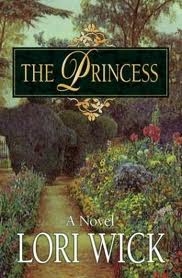


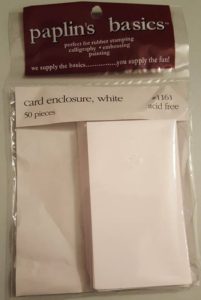
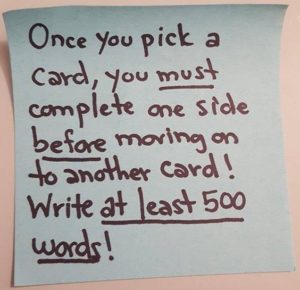
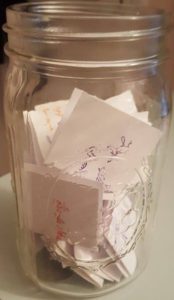
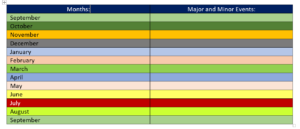
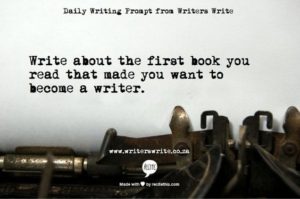
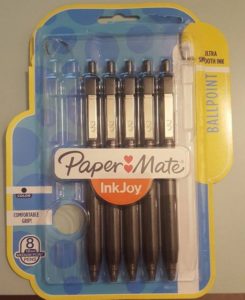
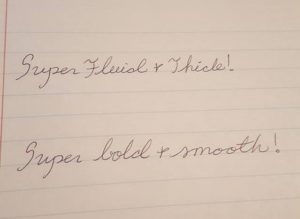


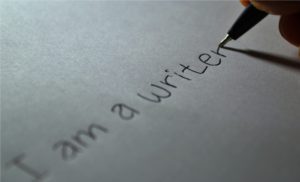

Recent Comments: